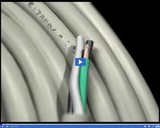
The Atomic Theory proposed that all elements are made of atoms. It stated that all atoms are indivisible and cannot be destroyed.
- Subject:
- Science
- Provider:
- Utah Education Network
- Author:
- Visual Learning Company
- Date Added:
- 02/28/2010

Resources created or licensed by the Utah Education Network

The Atomic Theory proposed that all elements are made of atoms. It stated that all atoms are indivisible and cannot be destroyed.

The Greek philosopher Democritus believed that if you continue to cut up an object such as a coin you eventually end up with a complete, uncuttable piece of matter. He called this particle an atom.
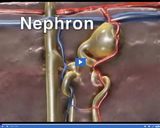
The fundamental filtering units in the kidneys are nephrons. Each kidney contains over one million nephrons. Most of the fluid is returned or reabsorbed by the bloodstream along with other substances needed by the body.
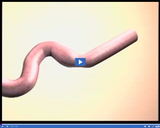
The small intestine is a hollow tube that is only about 2.5 centimeters in diameter, but it stretches about 7 meters in length. The chemical digestion of carbohydrates and proteins is completed in the small intestine.
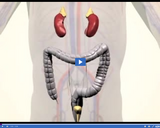
One of the most important ways the body excretes wastes is via specialized structures in the urinary system.
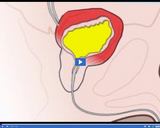
Urine passes out the kidneys to the bladder through small tubes called ureters. From time to time urine is emptied from the bladder through the urethra.

Learn how to navigate the eMedia Mathematics Hub! In this video, host Katie Blunt shows you how to access a collection of high-quality Mathematics Education resources available for free on eMedia.
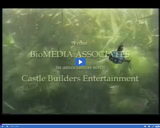
Cyclops and its intrepid crew of explorers dive into open water where they encounter the denizens of the plankton: micro-crustaceans, insects, rotifers, and protists, all organisms that show unique adaptations for open water life.
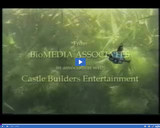
Cruising through the weedy shallows, the crew is amazed at the diversity of protozoans swimming by the observation ports. Through careful observation they discover how these amazing single cells feed, reproduce, and escape.
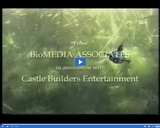
In this episode, a single algae cell is rescued, and its green secrets are revealed through experiments performed on board the Cyclops. The micro-explorers discover how algae start the food chains that ultimately sustain the fish, birds, amphibians, and mammals living in and around the pond.
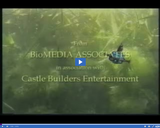
While engrossed in observing the food capturing and feeding methods used by Planaria, a flatworm, the tentacles of Hydra trap the Cyclops crew where they receive a hands-on lesson in the process of digestion.
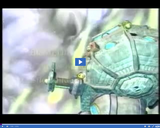
Settling their craft into the bottom, the micro-explorers discover that the bottom ooze is populated by bacteria, the microbes that break down and recycle organic materials--an unforgettable visual introduction to the concept of organic decomposition.
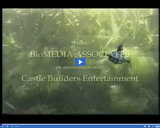
Trying to return to their pond base, the microexplorers are channeled into the pond outlet, where they tumble into a rapidly flowing stream and discover a world of aquatic insects adapted for life in flowing water--even waterfalls.

Washed onto a sandbar, the Cyclops crew assembles their terra-rover and discovers a world dominated by bacteria, fungi, termites, and tiny invertebrate animals--a forest floor community on which the trees and other plants depend.
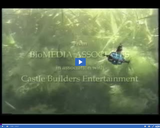
The microexplorers discover that gardens support an amazing community of small life including herbivorous and predatory insects, pollinating insects, and giant earthworms. They tour a worm's burrow, where they develop theories on the vital roles earthworms play in terrestrial ecosystems.
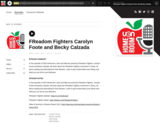
In this episode of UEN Homeroom, Dani and Matt are joined by FReadom Fighters, Carolyn Foote and Becky Calzada. We learn about the FReadom Fighters movement in Texas, all about reading and advocating for their libraries. Listen to get excited about your library and what you can do for your librarians.
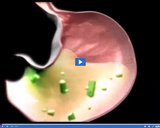
Food is mechanically broken down in the stomach as muscular contractions squeeze and churn it. Enzymes and acids are also secreted to break down food, forming a soup-like mixture known as chyme.
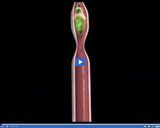
Food travels through the esophagus via rhythmic muscular contractions referred to as peristalsis.

After food is digested in the stomach, it enters the small intestine.
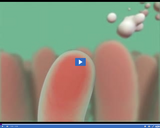
Nutrients are absorbed into tiny blood vessels found inside villi. Blood then carries nutrients throughout the body.